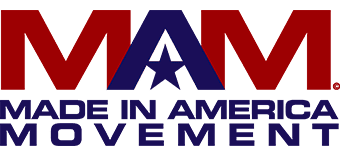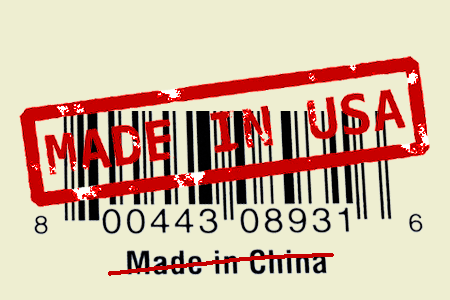Manufacturing Reshoring
Fmr. President of the National Association of Manufacturers
January 8, 2013
“A convergence of trends makes operations in America more attractive and feasible,” Fallows wrote, “just as the cost and friction of operating in China is increasing.” He writes at length about growing discontent among Chinese workers who are demanding higher pay and better working and living conditions, while rapidly advancing technology favors nations with more advanced skill sets, such as the U.S. “For the first time in memory, I’ve heard ‘product people’ sound optimistic about hardware projects they want to launch and facilities they want to build, not just in Asia, but also in the United States.”
Fishman put some meat on the bones of that idea with an account of how General Electric is suddenly expanding its old plants at Appliance Park in Louisville, Ky. At its height in 1973, that facility employed 23,000 people. By 2011, it had bottomed out at 1,863 and GE was trying to sell off its appliance division. Now it’s headed in the other direction. In February, GE opened an all-new assembly line to make cutting edge water heaters that had previously been made in China. In March it opened another assembly line to make new high-tech French-door refrigerators. And early next year, GE will start making trendy front-loading dishwashers and matching dryers. GE will end this year with 3,600 hourly workers there, and also has hired 500 new designers.
There are many reasons for this trend: oil prices are three times what they were in 2000 making shipping costs higher; the natural gas boom has dramatically reduced the cost of running an energy intensive factory in the U.S. (gas costs four times as much in Asia); wages in China are five times what they were in 2000 and are rising 18 percent a year; U.S. labor unions are becoming more tractable to retain jobs; and U.S. productivity continues to soar.
But there’s an even more interesting reason. Because of rapidly gadget wizardry and consumer demand, the cycle life for many major consumer products like refrigerators has been shorted from seven years or so to 2-3 years. Production is more complicated and challenging, and thus harder to manage and control on the other side of the world.
“A convergence of trends makes operations in America more attractive and feasible,” Fallows concluded, “just as the cost and friction of operating in China are increasing.” Now there’s a thought to sustain you into the New Year!
Jerry Jasinowski, an economist and author, served as President of the National Association of Manufacturers for 14 years and later The Manufacturing Institute. Jerry is available for speaking engagements. January 2013




Leave a Reply
Want to join the discussion?Feel free to contribute!